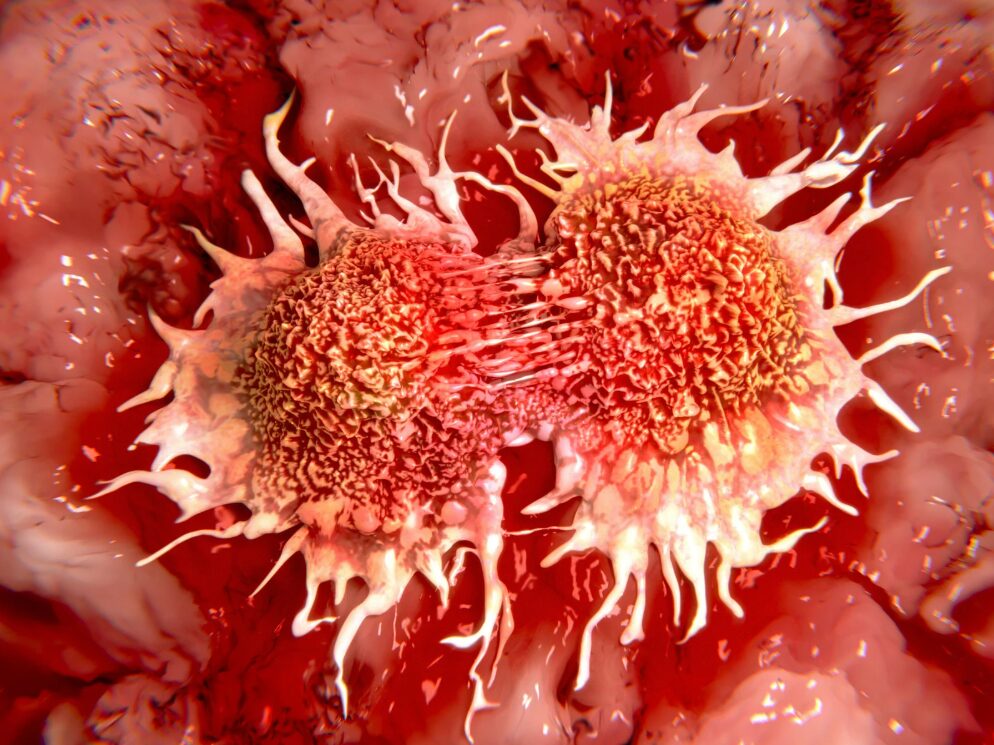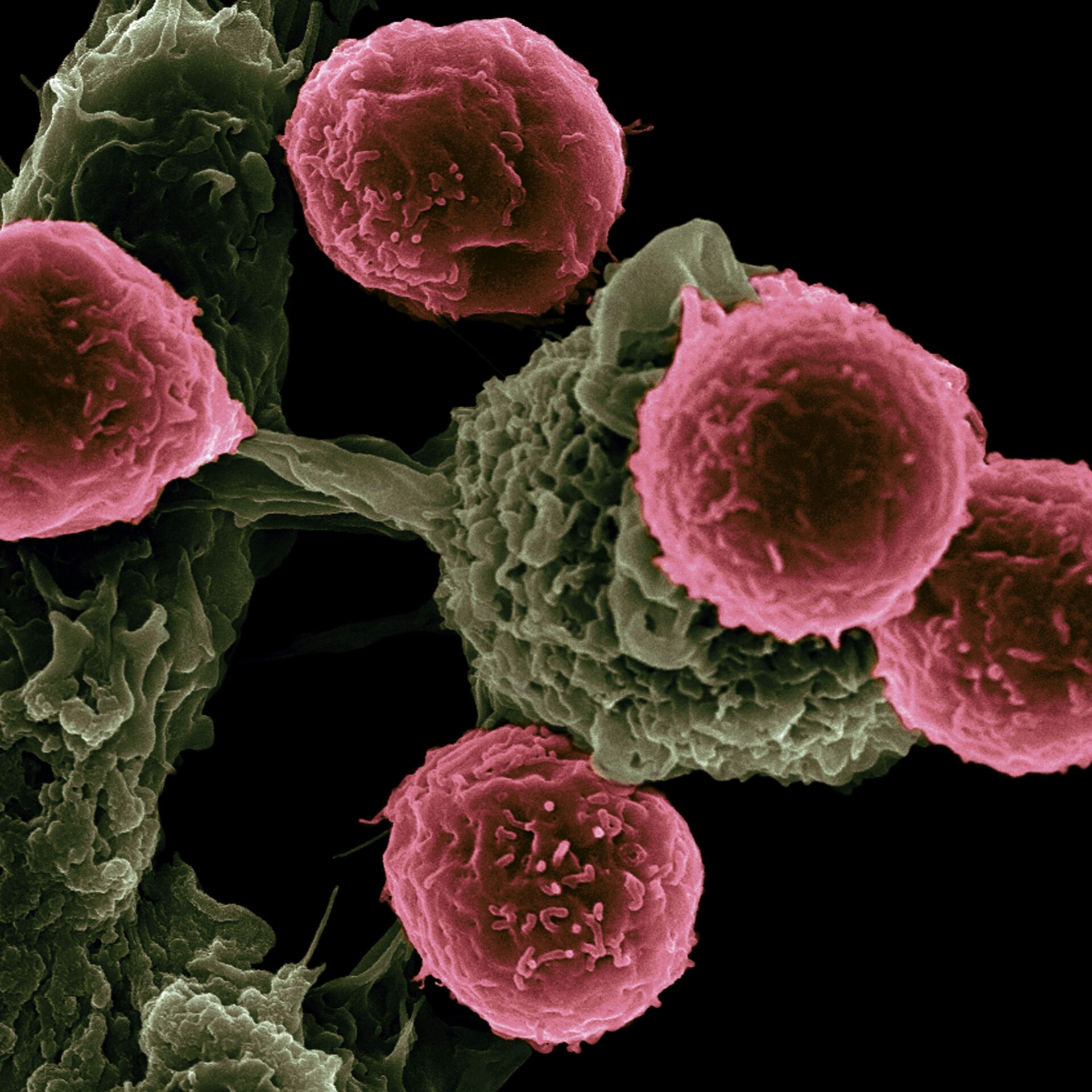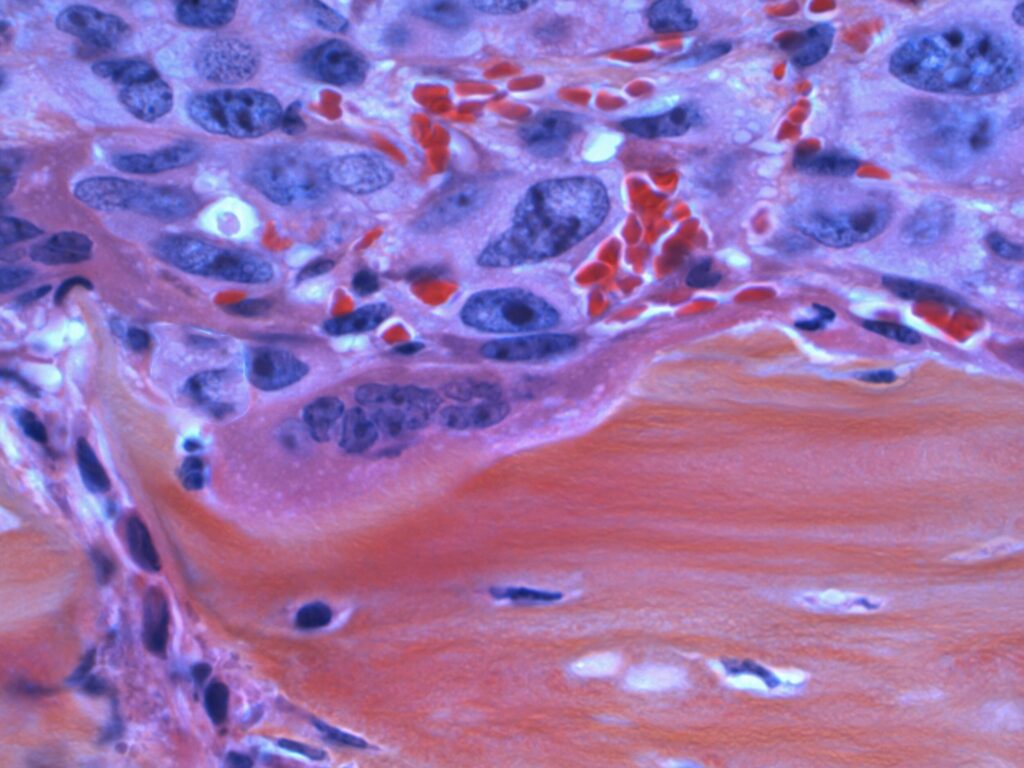Is research offering hope and equity for this rare disease?
Peripheral T-cell lymphomas (PTCLs) are a heterogeneous group of aggressive malignancies with poor responses to conventional therapies and dismal long-term outcomes. Despite decades of research, the 5-year overall survival for PTCL patients remains disappointingly low at approximately 40-49% with even worse outcomes for those with relapsed or refractory disease1. The urgent need for novel therapeutic approaches has never been more apparent.
Against this backdrop of unmet medical need, phosphatidylinositol 3-kinase delta (PI3Kδ) inhibitors are emerging as a promising therapeutic strategy that could fundamentally change how we approach PTCL treatment2. These agents offer a unique dual mechanism of action: direct antitumor effects combined with powerful immunomodulatory properties that can reshape the tumor microenvironment to favor antitumor immunity.

The Biological Rationale: PI3Kδ as a Master Regulator
The PI3K pathway represents one of the most frequently dysregulated signaling networks in cancer. Unlike other PI3K isoforms, PI3Kδ is predominantly expressed in immune cells, where where its activity controls several signaling pathways involved in proliferation, survival and functions
Research has demonstrated that the PIK3CD gene, which encodes PI3Kδ, is overexpressed in both PTCL cell lines and primary patient samples, correlating with enhanced survival pathway activation. This intrinsic overexpression creates a therapeutic vulnerability that can be exploited with selective PI3Kδ inhibitors. In addition to their direct cytotoxic effects, these agents also show promise through their ability to extrinsically alter the tumor microenvironment.
An Immunomodulatory Revolution: Rebalancing the Tumor Microenvironment
The tumor microenvironment in PTCL is characterized by an abundance of immunosuppressive cells, particularly regulatory T cells (Tregs), that create a sanctuary for malignant cells and prevent effective immune surveillance. PI3Kδ inhibitors may offer a sophisticated approach to dismantling this immunosuppressive network.
PI3Kδ inhibition preferentially targets Tregs while sparing conventional effector T cells. This selectivity occurs because Tregs are uniquely dependent on PI3Kδ signaling for their proliferation, survival, and immunosuppressive function. When PI3Kδ is inhibited, activated Tregs are decreased from both tumor tissue and systemic circulation, effectively lifting the brakes on antitumor immunity.
Simultaneously, PI3Kδ inhibition enhances the activation and cytotoxic potential of CD8+ T cells within the tumor microenvironment. These cells exhibit increased expression of cytolytic molecules such as granzyme B and perforin, along with enhanced interferon-gamma production. The result is a shift in the immune balance from immunosuppression to immunoactivation which has great therapeutic potential.
Clinical Translation: Learning from First-Generation Limitations
First generation PI3Kδ inhibitors, while demonstrating efficacy in lymphomas, were plagued by significant safety concerns. The therapeutic rationale has been further validated by the ongoing evaluation of other PI3Kδ inhibitors in PTCL3. Against this backdrop, iOnctura’s roginolisib represents a paradigm shift as a first-in-class non-ATP-competitive, allosteric modulator of PI3Kδ. This new binding mechanism translates into unprecedented precision and an unmatched clinical profile for this class of drugs.
Conclusion: A New Dawn for PTCL Treatment
PI3Kδ inhibitors represent a paradigmatic shift in PTCL treatment, moving beyond purely cytotoxic approaches. By combining with standard-of-care therapies, these agents may offer the potential to achieve deeper, more durable responses than conventional therapies alone.
For patients with PTCL, who have long faced limited therapeutic options and poor outcomes, the promise of PI3Kδ inhibitors offers genuine hope for improved survival and quality of life. The future of PTCL treatment is being written today, and PI3Kδ inhibitors are playing a leading role in that narrative.
Sources









